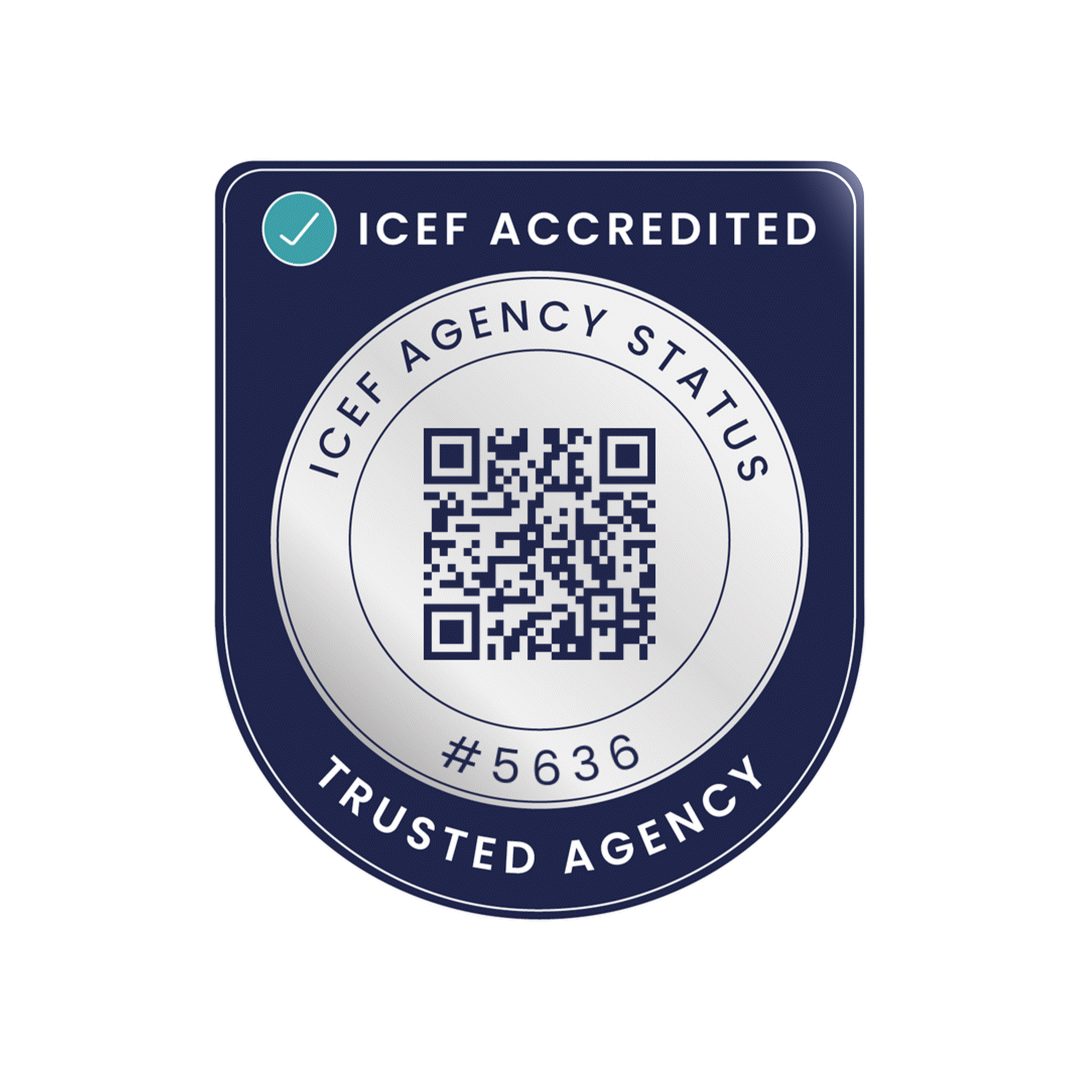
The United States of America, the land of the free consists of 50 states. Over 328 million people reside in America making it the third most populous country in the world. This vast country is well known across the world and has a cultural imprint that is driven by technological innovation, popular movies, television and music. America has a sense of destiny and has had incredibly good fortune. The major characteristics of the United States is probably its great variety. The United States is the world's greatest economic power, measured in terms of Gross Domestic Product (GDP).
Overview of the qualifications available in USA:
| Qualification | Duration | Description |
| Associate Degree | 2 Years | Job oriented programs that allow a graduate to launch a career. It is also equivalent to first two years of a 4 year bachelor's degree. |
| Bachelor's Degree | 3-4 Years | Undergraduate degree that includes core courses, major, minor and elective. The 4 years are known as Freshman, Sophomore, Junior and Senior. |
Master' Degree (Professional) | 1-3 Years | Leads students from first degree to particular profession, duration depends n the field of the study. |
Master's Degree (Academic) | 2 Years | Generally awarded in traditional disciplines of humanities, arts and science. May lead students to doctoral programs. |
| Doctorate or PhD | 5-8 Years | Completed under the supervision of the faculty advisor, PhD is awarded on completion of dissertation and successfully defense before a panel of faculty members. |
Type of Institutions
There are various types of institutions in the US that provide quality education. These can categorized into:
Colleges
Smaller than the universities, colleges generally provide undergraduate degrees. Community colleges, an affordable study option in the US, offer 2 year associate degree after which you can continue your studies in the university for another two years to gain an undergraduate degree.
Universities
Offer research based masters, doctoral and post - doctoral degrees. These are mainly 2 types of universities in the US:
Universities may further be categorized into:
| Type of University | Description |
| Ivy University | Ivy League, which is actually a sports conference of eight private colleges in the Northeast includes some of the oldest American Institutions. These are perceived to be some of the most esteemed places to study and therefore extremely competitive for admissions. |
| Pubic Ivies | Group of over 30 state funded or public universities in the US. Although this is not an official classification of universities, these universities have earned their reputation and are considered prestigious and academically rigorous. Education cost are slightly lower than the Ivy League universities. |
| Liberal Arts Philosophy | This philosophy promotes a well-rounded academic education that develops the overall thought process of students. The courses bein with a wide variety of courses in humanities, languages, arts and the social sciences before specializing in a particular field. The primary focus for faculty is on undergraduate teaching rather than research with a small student population and high student faculty ratio. |
| Specialist Institutions | Universities and institutions that specialize in providing degrees in a certain field such as a degree in music, visual and applied arts etc. |
| Land Grant Colleges and Universities | Large Publicly funded Universities. |
| Research Intensive Institutions | Universities offering the highest level of research and are a good starting pint for students seeking doctoral degree. |
All costs indicative and vary from region to region.
| Expenses | Average Yearly Cost |
| Book and stationary | $500-$1000 |
| Travelling | $500-$1200 |
| Food | $2500 |
| Miscellaneous expenses | $500 |
| Clothes and foot wear | $2000 |
Most universities in the US offer on- campus residence to international students. Living as a resident on- campus is a very affordable option.
1. OPT (Optional Practical Training)
The OPT in USA allows students to stay back in the USA after completing their studies. For this, you need to get authorization from the USCIS and also from the international student office of the school. Under this program the students is allowed to work for 12 months be completed his course in USA. You are suggested to submit you application for OPT in USA nine months after you have started your study in USA. However, students need to receive the Employment Authorization Document or EAD from the USCIS to begin working under OPT in USA.
Post Study Work Permit in USA under OPT:
The post study work permit in USA under OPT is for 12 months after the completion of the program. You are allowed to stay back in USA for 1 year under the OPT.
As per the new rules of OPT, the students pursuing a STEM course (Science, Technology, Engineering, Mathematics) have an extension of 24 moths.
How to get OPT? Requirements of OPT in USA:
2. Curricular Practical Training
Curricular Practical Training or CPT is an employment option that is off- campus and is available only for those students who have F-1 visas. To obtain CPT, the candidate need authorization from the Institute's International student desk and also, he needs to notify the U.S Citizenship and Immigration Service, also known as USCIS. The CPT employment is a paid one which helps students to earn during their stay back after they complete study n USA.
CPY Rules for F-1 Visa:
Optional Practical Training Jobs in an International Organization
international students studying in USA and having an F-1 visa can get employment in a reputed international organization if the organization is any one of the following options:
Here are the conditions that are needed to be fulfilled for working in an international organization:
Additional Documents may be Required:
A consular officer will interview you to determine your qualification for a student visa, and may request additional documents, such as evidence of:
